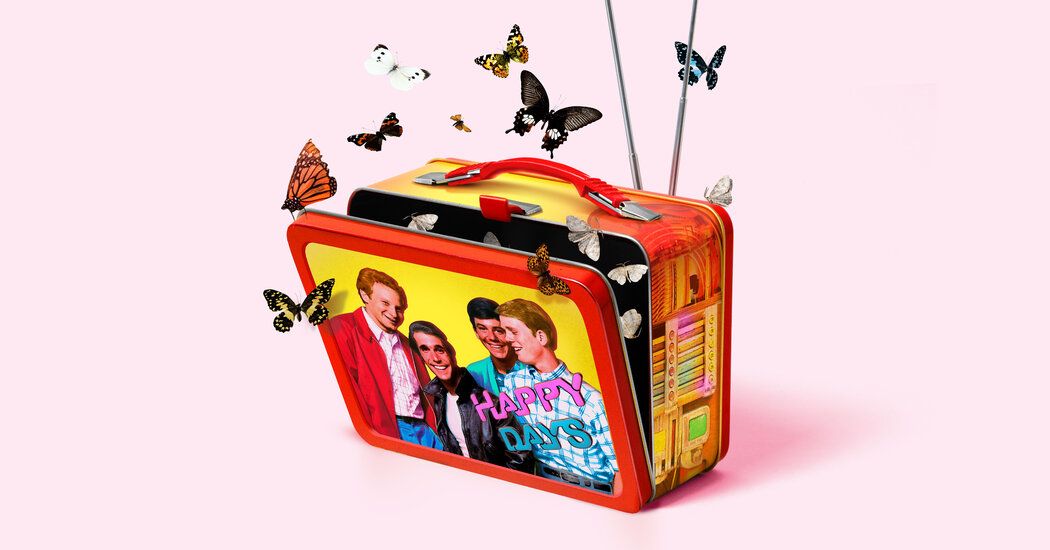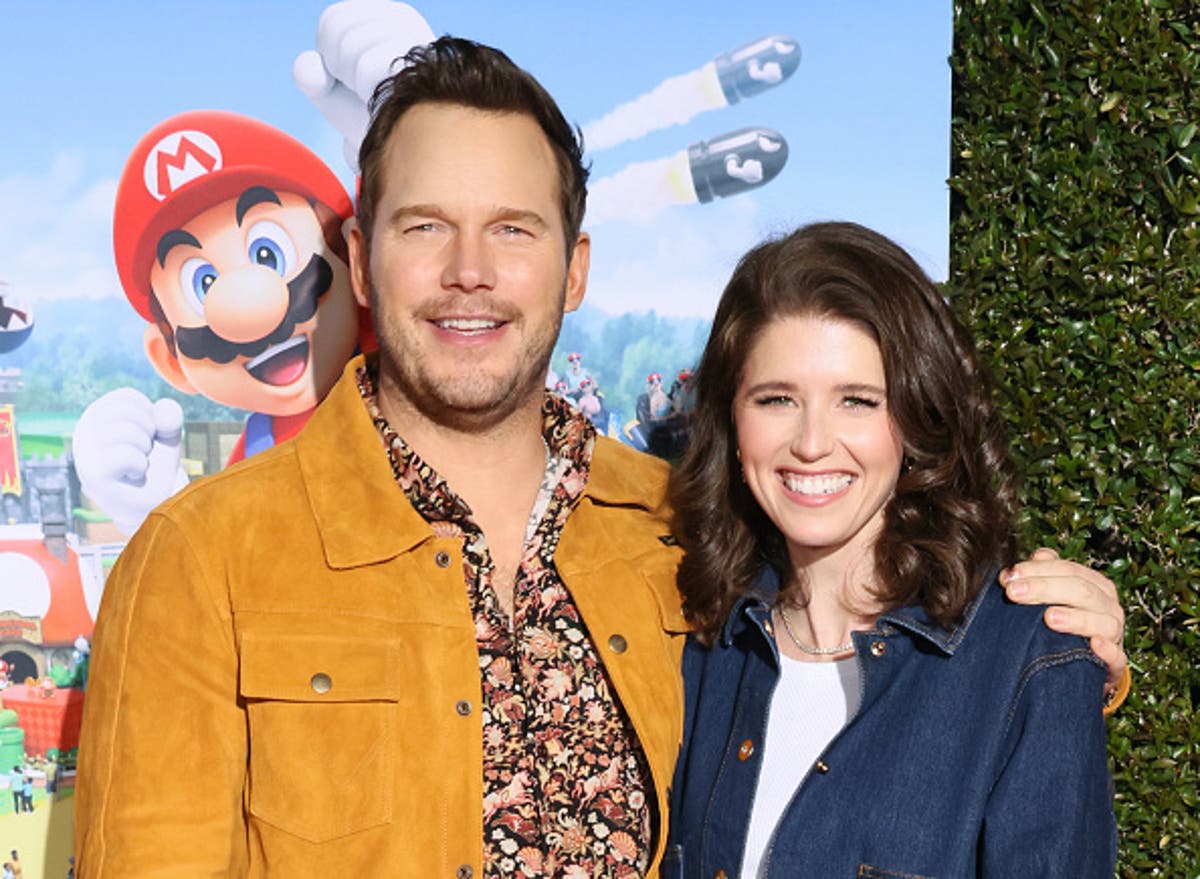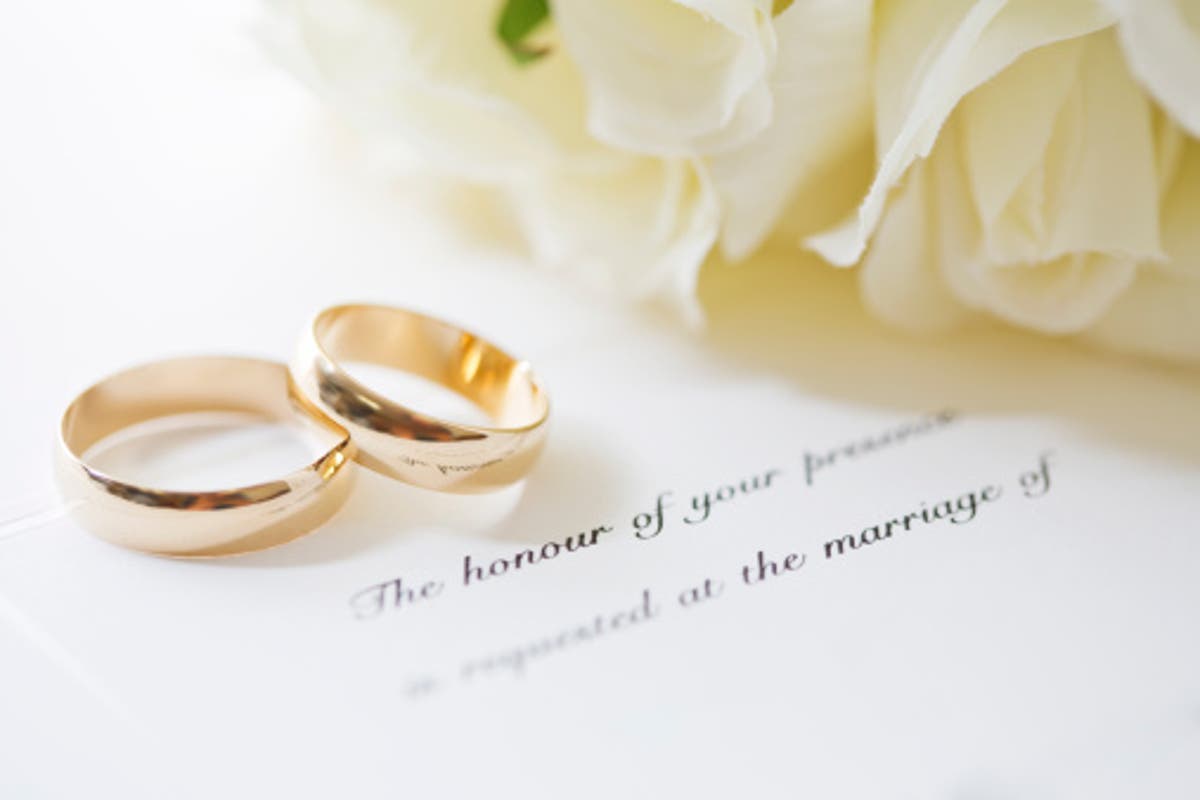Mention “Happy Days” to viewers of a certain age (raises hand) and the first thing they remember may not be an episode, a scene, or a catchphrase, but a lunchbox. I'm specifically thinking of a cool one from the Thermos brand, starring Henry Winkler as the show's greaser pop phenomenon, Arthur Fonzarelli, aka Fonzie, aka the Fonz, in which '70s kids luckier than me got to wear their PBJ to school and is now in the Smithsonian collection.
Remembering “Happy Days” is remembering your youth, which was also the function of “Happy Days” when it premiered in 1974. Well, at least that's how it was. The show apparently appealed to adults who were young during its time period, roughly in their 50s and 60s, for 11 seasons. But some of his most ardent followers were those carrying lunch boxes and walking down someone else's memory lane.
Now “Happy Days” turns 50 years old. Or is that it? Time gets fuzzy when you enter the “Happy Days” verse. In some ways, the series never ended; It was simply passed down through culture like a vintage varsity jacket. It was repurposed as an object of nostalgia in Spike Jonze's video for Weezer's 1994 single, “Buddy Holly.” In 1998, “That '70s Show” created its own reverie, like “Happy Days,” among a group of teenage friends in Wisconsin. Last year, that series' sequel, “That '90s Show,” created a '90s version of the '70s version of the '50s.
If all this math is too much, all you need to know is that there are only two periods in pop culture nostalgia. There is Then (simple, innocent, fun) and Now (scary, corrupt, confusing). Over time, Now becomes another Now and Then, and the cycle repeats. “Happy Days” was nostalgic because teenagers didn't smoke marijuana. “That '70s Show” was nostalgic because teenagers were smoking marijuana. We move twenty-four hours a day and the calendar, always returning to the beginning.
“Happy Days” didn’t invent this kind of rosy flashback. But as a mass phenomenon, it was the spectacle that split the atom of nostalgia and detached us from time.
The series emerged from a broader '70s fad for the '50s (and early '60s), which included the musical and movie “Grease”; the hits “Crocodile Rock” by Elton John and “Yesterday Once More” by the Carpenters; and the films “The Lords of Flatbush” and “American Graffiti.” The '70s also went through a brief phase of longing for the '30s: that sweet, quiet decade! – which gave us “The Waltons,” as well as a short-lived variety show, also called “Happy Days.”
The creator of the most famous “Happy Days,” Garry Marshall, was asked to develop a period comedy for ABC. (Part of the thinking, he once recalled, was that you couldn't make an “honest” show about '70s teens that would pass network censorship.) He based the premise on his own youth, moving his neighborhood from the Bronx to Milwaukee.
The show was also part of a broader counterprogramming decision to lean toward escapist, feel-good sitcoms to counter CBS' dominant line of socially relevant comedies (“M*A*S*H” about the war, “All in the Family” and “Maude” on the culture war, “The Mary Tyler Moore Show” on feminism).
At the Cunningham house, mom Marion (Marion Ross) was making cookies and common sense, while dad Howard (Tom Bosley) was chuckling in his cardigan about kids these days. His naive teenage son Richie (Ron Howard) and his friends Potsie Weber (Anson Williams) and Ralph Malph (Donny Most) planned to get a set of wheels and “go all the way” with bubblegum-chewing girls. (Richie had a younger sister, Joanie, played by Erin Moran; his older brother, Chuck, played by several actors, followed Amelia Earhart's path at some point in season 2.) Any hormonal shenanigans usually ended with a healthy lesson and maybe a smoothie. be thrown into someone's lap.
“Happy Days,” in a way, was the '70s using the '50s to repudiate the '60s, or at least the divisive aftermath of them that fueled Archie Bunker's living room one-liners. He mythologized Middle America as a decent place where children kissed in parked cars and everyone was essentially good and happy, where family life was a friendly fight, not a war. The year of release, 1974, would see the resignation of Richard Nixon and the beginning of the Gerald Ford years. “Happy Days” was a bet that the television audience wanted a break from the controversy.
And what unites a divided nation of television viewers? TELEVISION. In 1974, television was finally old enough to feel nostalgic about itself.
So “Happy Days” was a show about television, or at least about the first generation of television. America met Ron Howard when he was a child star on black-and-white television, as Opie Taylor on “The Andy Griffith Show.” The first pilot for “Happy Days” aired in 1972 as “Love and the Television Set” (later retitled “Love and the Happy Days”), an episode of the ABC anthology “Love American Style” about how the Cunninghams became in the first family. on his block to get a television.
(Interestingly, this early version was much more Norman Lear-like than the final series. Here, Chuck Cunningham, a gentle jock on “Happy Days,” refuses to say grace at dinner because he is questioning religion, while Howard Cunningham, played here by Harold Gould, is surprised to see “a colored man” (the mailman) sitting in his chair at the family television party).
The 1950s were when television began telling American families how to be American families. The story may have been a lie, and it may have left out many royal families, but people wanted to believe it.
The Cunninghams of “Happy Days” spend their nights watching Uncle Miltie and professional wrestling. When Richie wants to buy a used jalopy, Howard points out the Nelson boys from “Ozzie and Harriet”: “David and Ricky don't have a car.” In the season 1 finale, Howard decides to build a bomb shelter in the backyard because he was upset by an Edward R. Murrow special about the Cold War.
The Cunninghams reproduce the nuclear family of the '50s sitcoms, but they also update it, just a touch, finding a compromise position between the Nelsons and the Bunkers. Marion is a diligent housewife, but she says what she thinks. Howard is an old-fashioned grump, but he's too nice to go all Archie. Children rebel a little, but they are driven by hormones, not ideals. In a second season episode about the 1956 election, Richie challenges his Republican father to support Adlai Stevenson, but only to impress a girl.
Like the past itself, “Happy Days” is better remembered fondly than revisited. The first few seasons are the show at its finest, sweet, fluffy and fun. Winkler, in particular, is amazing. His first appearances have little dialogue; He speaks mainly with looks and gestures, like a mime in a leather jacket.
But when it became a hit, “Happy Days” became a public service machine. The increasingly popular Fonzie became the monster that ate Milwaukee. A season 5 episode in which he water-skied a shark became a metaphor for the point at which a good show goes wrong.
There was actually a whole school of fins in the water. There were special melodramatic episodes. The slogans metastasized (“Aaaay!” “Sit down!”). Marshall, following his son's request to add an alien to the show, cast the manic Robin Williams as a guest star as Ork's Mork, who would later headline “Mork & Mindy.” (“Happy Days” also grew out of “Laverne & Shirley” and “Joanie Loves Chachi,” among several others).
However, the series' legacy is more than the sum of its sharks. He capitalized on the cultural pull of memory and anticipated how the past would become more inescapable the more it was captured on video.
Fueled by television, American nostalgia developed layers, like a living room wallpapered once a decade. The 2020s are reminiscent of the 1990s, which in turn harkens back to the 1970s, and in turn to the 1950s. Of the many reasons why nostalgia never ends, the most important may being that pursues a fantasy that is always out of reach for at least a generation.
This is also what makes it powerful, and not just for entertainment. The 1950s were lionized by conservatives in the Reagan 1980s; the imagined past is what puts the “Again” in “Make America Great Again.” (Nostalgia is not automatically reactionary as an art form: “Happy Days” was slightly centrist in the '70s, if it had any ideology, but it fits better with the progressive ideal of society moving forward with the times.)
The present cannot compete with a memory, especially if it is selective. As critic John Leonard wrote, reviewing the premiere of “Happy Days” in The Times under the pseudonym Cyclops: “The 1950s were also a time when Joe McCarthy's jugenbund was going around firing teachers from our schools. and the actors on our screens; when Egypt and Israel had another war; when the Soviet Union invaded Hungary; when Adlai Stevenson was ridiculed by Richard Nixon for proposing an end to A and H bomb testing. Happy days!”
“Happy Days,” uncharacteristically, once made this point, through, of all characters, Mork. In 1979, when “Mork & Mindy” was already a huge hit, Robin Williams returned to “Happy Days” for a fifth-anniversary special, in which Mork traveled back in time to visit an era “when life was simpler, when things were monotonous. “
Most of the episode is a typical special clip. Mork uses telepathy to evoke the characters' memories, in the form of scenes from the sitcom's first five years. But in the end he takes a turn, when he reports his findings to his Orkan superior, Orson (voiced by Ralph James).
The “Happy Days” era, Mork says, was “a wonderful, naïve, romantic time.” But he adds that when he reads his hosts' minds, “they all seem to be blocking one thing”: McCarthy, the senator from the Cunninghams' home state of Wisconsin, who spent the early 1950s causing a Red Scare in Washington, D.C. “I guess that's why he's so romantic,” Mork says, “because they never remember the sad things.”
In the five decades since 1974, television nostalgia has become more abundant and more complex. “The Wonder Years” was bittersweet (and eventually got its own reboot to diversify and complicate it). “Freaks and Geeks” showed us adolescence as a fondly remembered torture. “Mad Men” savored its mid-century elegance while telling us that nostalgia is “the pain of an old wound” and that the idea of the innocent past is a great American sales job. There's even a kind of television anti-nostalgia, seen in stories recovered from pop history like “Pam & Tommy,” which flatter audience members with their superiority over the unevolved denizens of the past.
However, the truth at the heart of all of these shows is the same as it was in the days of Richie and the Fonz. Half of what makes our past days happy is what we remember about them. The other half is what we forget.












